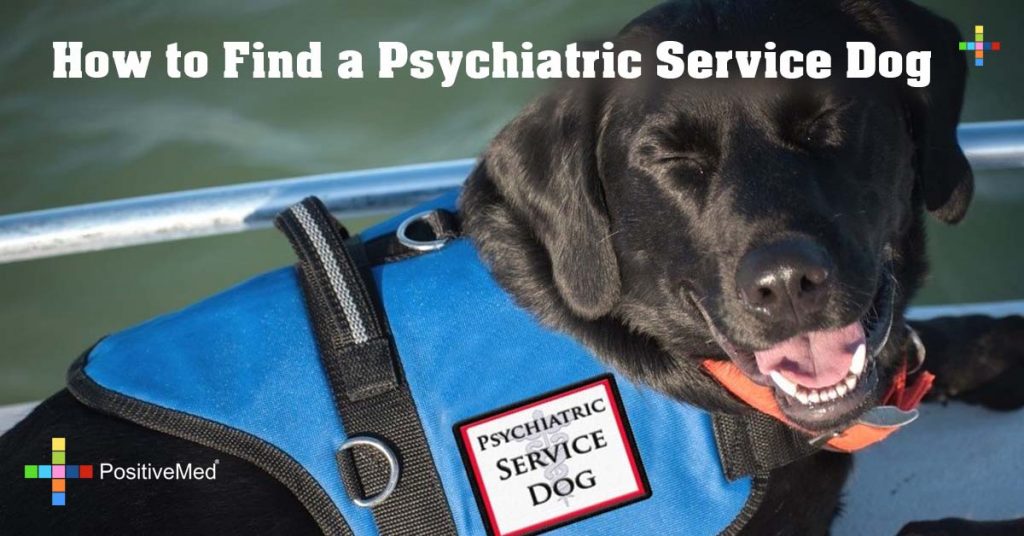
How to Find a Psychiatric Service Dog
If you need a psychiatric service dog, you might be wondering how easy or hard it is to get one. Have you ever seen a dog in a hotel or other place where dogs are not usually permitted? It must have been a PSD. These dogs are very intelligent and helpful as they make the life of handlers much easier.

What is a Psychiatric Service Dog?
Unlike most service dogs that are trained to do daily tasks for people with physical disabilities, a PSD is trained to help persons with mental problemssuch as PTSD, severe depression, and bipolar disorder. They have training that allows them to help in times of medical crisis by providing security and treatment to their owners.
For instance, if you have PTSD, your service dog can administer deep pressure therapy – by putting pressure on your body in a way that calms you down – to minimize a panic attack.
Differences between a Therapy Pet and a Service Dog
Most differences between a service dog and therapy pet can be quite unclear.
The main distinctions include:
– Service dogs perform jobs and act as guides for their handlers to keep them safe and enable them to accomplish daily activities. On the other hand, therapy dogs provide comfort just by being around a person. Because they do not have any specific task completion training, you cannot use them as service dogs.
– Service dogs work for their handlers while therapy pets give service to people other than their handlers: they help individuals in nursing homes and hospitals.
Laws Applying to PSDs
Under the federal law, your psychiatric service dog can:
– Fly in an airplane’s cabin without you forking out an additional fee
– Accompany you into business premises that other pets are not allowed to enter
– Live with you in no-pet housing
What Dogs can be PSDs?
Any size and breed of dog can be trained as a PSD. However, there are some few requirements that a dog should meet to be a PSD, including:
– The owner must have a disability that limits his or her life
– The dog must be housebroken
– The pet must be trained to respond to and recognize your disability
– The dog should have a good grasp of basic obedience training, like sit and stay commands.
– The dog should not cause public disruptions or exhibit aggressive behavior
Can You Train Your Dog?

If you want to train your dog to be a PSD, you need to speak to your doctor about your disability and talk about the daily tasks that your dog can help you accomplish. You also need to have the temperament of your dog tested because aggressive dogs cannot be PSDs. Turning your pet into a PSD is a process that will take six months to a year; however, a professional trainer can train in less time.
The dog should be trained publicly, to make sure that he could handle being around people, and privately with the handler. Because training your own dog will take too much effort and time, you should consider getting professional help.
How to Qualify for a PSD
If you are wondering where to get a quick service dog registration, you need to know whether you qualify first. Although every organization has different criteria for eligibility, each one has a few similar criteria that you need to meet. To qualify for a PSD, you should be able to command the dog on your own.
Some organizations also require you to attend a few training sessions, so that you can be acquainted with the dog.






